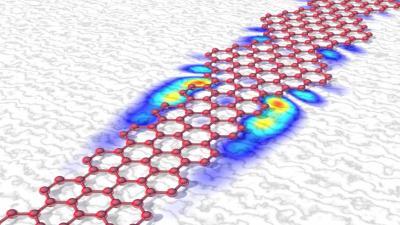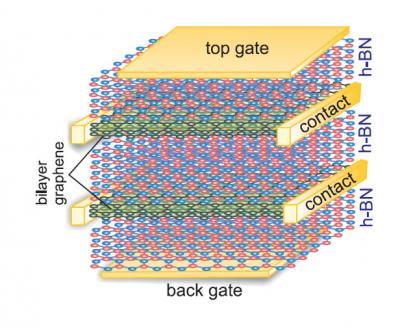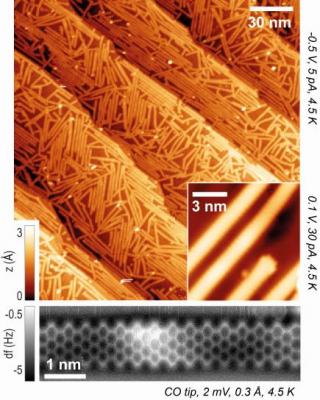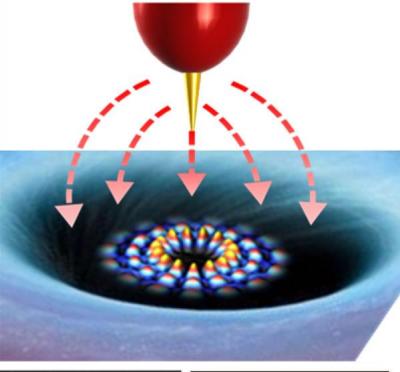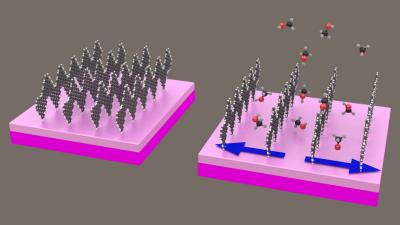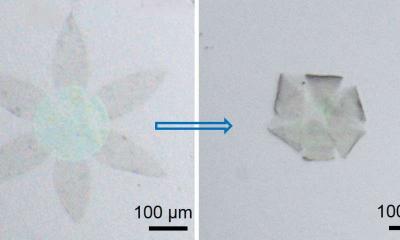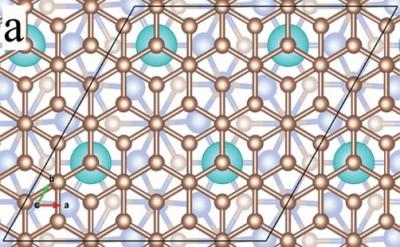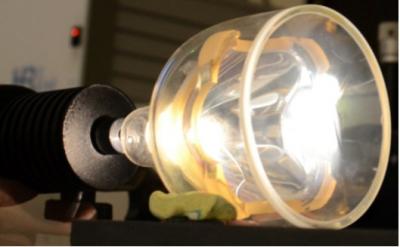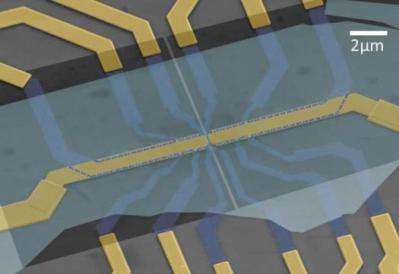Canada-based University of Guelph to receive grant for graphene research
A professor at the University of Guelph in Canada is receiving $1.4 million CAD (a little over $1 million USD) over the next seven years toward his research, which includes developing practical graphene applications. Prof. Aichen Chen was recently named as a tier-1 Canada Research Chair in electrochemistry and nanoscience, a title that came with the $1.4 million in funding.
For the past five years, Chen has been working with graphene â aiming to use it to create innovative green technologies for projects like energy storage and clean drinking water.
